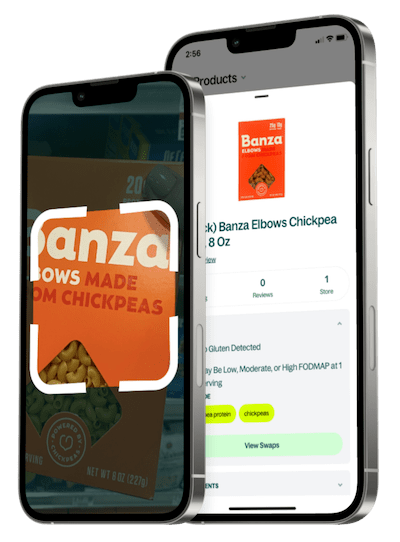Is Pure Protein Chocolate Peanut Butter Bars, 21.16 oz, 12 ct Dairy Free?

Description
Chocolate and peanut butter flavor is commonly described as rich and sweet, with a dense, chewy texture. Consumers use these bars as quick snacks, on-the-go meals, or between workouts. Reviews frequently note consistent portability and satisfying taste, though some mention occasional overly sweet or artificial aftertaste, and occasional packaging issues.

Description
Chocolate and peanut butter flavor is commonly described as rich and sweet, with a dense, chewy texture. Consumers use these bars as quick snacks, on-the-go meals, or between workouts. Reviews frequently note consistent portability and satisfying taste, though some mention occasional overly sweet or artificial aftertaste, and occasional packaging issues.
Ingredients
Chocolate Flavored Coating (Maltitol, Fractionated Palm Kernel Oil, Whey Protein Concentrate, Cocoa (Processed With Alkali), Calcium Carbonate, Natural Flavors, Soy Lecithin, Sucralose), Hydrolyzed Collagen, Peanut Flour, Protein Blend (Milk Protein Isolate, Whey Protein Isolate, Whey Protein Concentrate), Glycerin, Maltitol Syrup, Soy Crisps (Soy Protein Isolate, Tapioca Starch, Salt), Water, Peanuts, Peanut Oil, Sucrose, Salt, Natural Flavors, Sucralose, Almond Butter, Soy Lecithin
What is a Dairy Free diet?
A dairy-free diet eliminates all foods made from or containing milk and milk-derived ingredients, such as butter, cheese, yogurt, and cream. It's essential for people with lactose intolerance, milk allergies, or those who prefer plant-based alternatives. Common dairy substitutes include almond, soy, oat, and coconut-based milks and cheeses. While dairy is a major source of calcium and vitamin D, these nutrients can be replaced through fortified foods or supplements. Many people find going dairy-free helps reduce digestive issues, acne, or inflammation, but balance and proper nutrient intake remain key for long-term health.


